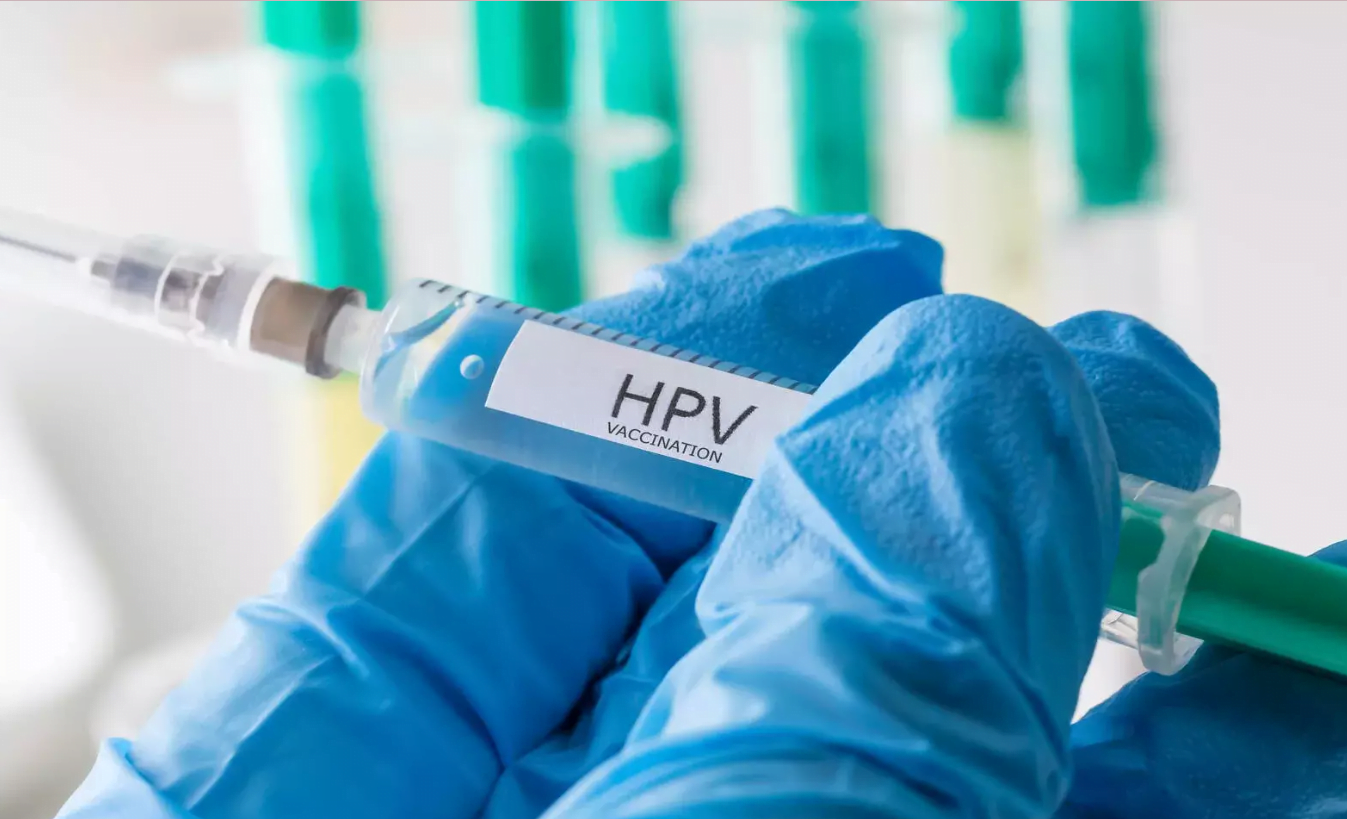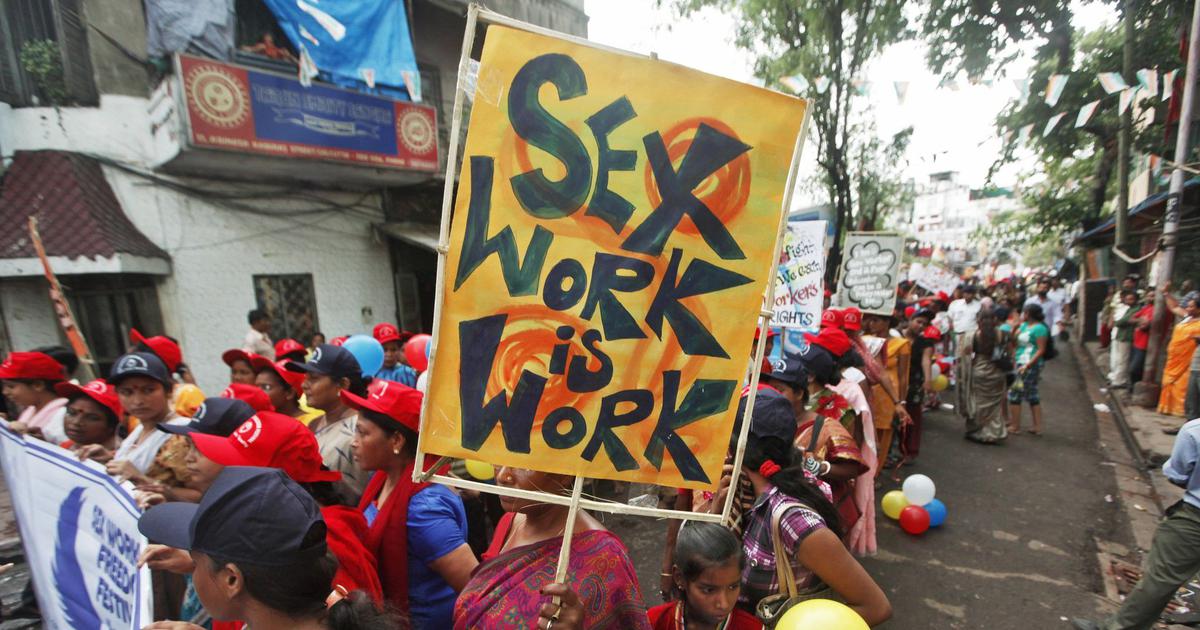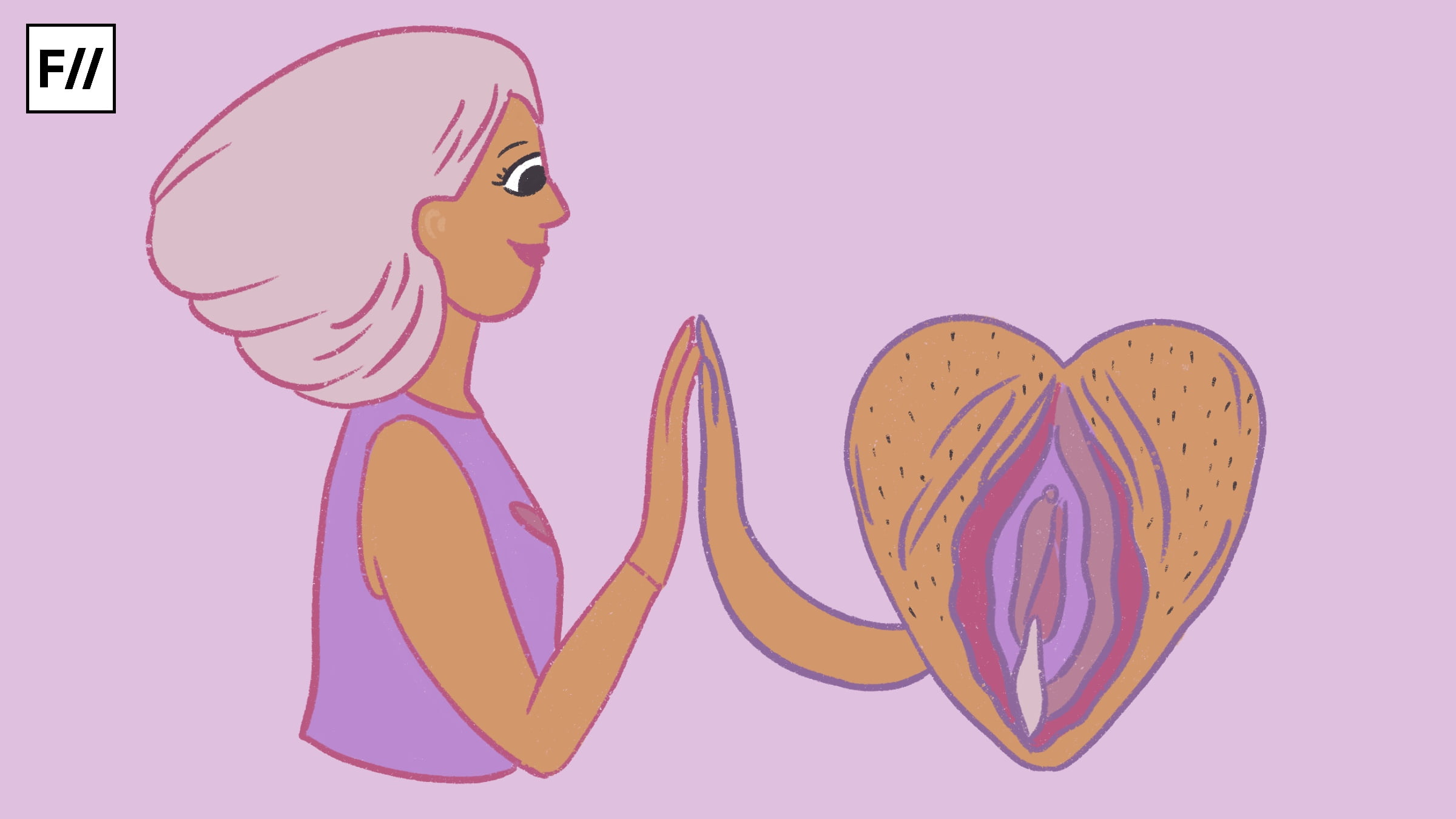On March 8, 2018 Prime Minister Narendra Modi added another scheme titled Poshan Abhiyaan to the basket of schemes dedicated to alleviating India’s children from malnourishment, which includes National Nutrition Mission and Sarva Shiksha Abhiyan, among others. Also, the world’s largest programme to tackle child malnutrition – the Integrated Child Development Services (ICDS), has been running in India since 1975. The newly launched scheme aims to reduce stunting among children in the age-group 0-6 years from 38.4 percent to 25 percent by 2022.
On the surface, there is a huge disconnect between India’s glamorous figures of economic growth and its malnutrition rates. One can’t help but feel perplexed. Pegged as the superpower of the near future, India has five times more malnourished children than China. Almost half, 46.3 percent, of children under five in Uttar Pradesh, the most densely populated state in India, are stunted. That is, 14.3 million children in one state alone are stunted. Madhya Pradesh, Bihar and Rajasthan also report some of the highest child malnutrition figures in the country. These facts should raise alarm bells, because 60 percent of India’s population in the next 100 years will come from these states.
Pegged as the superpower of the near future, India has five times more malnourished children than China
There is an obvious way to reduce malnutrition rates. The system exists, but the system as it stands is crumbling because it is not respecting its foot soldiers. And they are up in arms, fighting for their rights. These members are Anganwadi workers, and along with ASHA workers, they form the frontline of India’s fight against malnutrition.
In February 2018, Community Correspondent Madhuri Chauhan reported on a protest held by Anganwadi workers (AWW) in Uttar Pradesh demanding accountability, transparency and higher pay. Currently, AWWs get a monthly salary of INR 4000 and Anganwadi helpers, INR 2000. The services promised under ICDS are delivered through AWWs, whose long list of duties include providing informal early childhood education, cooked meals, organising immunisation, and giving health and nutrition education, among other tasks.
Usha Singh, an AWW in Cholapur, asks a very crucial question: “Do the children in Anganwadis not matter? Should they not receive nutrition and healthcare?”
“We are expected to manage basic things like stationery without money. Even in the case of food supplies, we are expected to manage on our own. I haven’t received food supplies in seven years.”
This year, AWWs in many states including New Delhi, Odisha, Jammu and Kashmir, Punjab and Maharashtra have also been protesting for higher allowance and greater transparency.
This is a state of emergency in the country that needs to be tackled with the greatest sense of urgency, as this is an epidemic that will affect India’s biggest strength – its population. Malnutrition impacts health, education and productivity, and in turn, India’s currently upward moving economic growth. Schemes are well-placed but the real test lies in implementation, and right now it is failing. How can the government expect AWWs in such discontented states to fight for children who are dying without reason?
Also read: Meet Dr Rani Bang: On Improving Health Care For Rural Women
Video by Community Correspondent Madhuri Chauhan and article by Shreya Kalra, a member of the VV editorial team.




